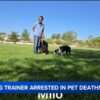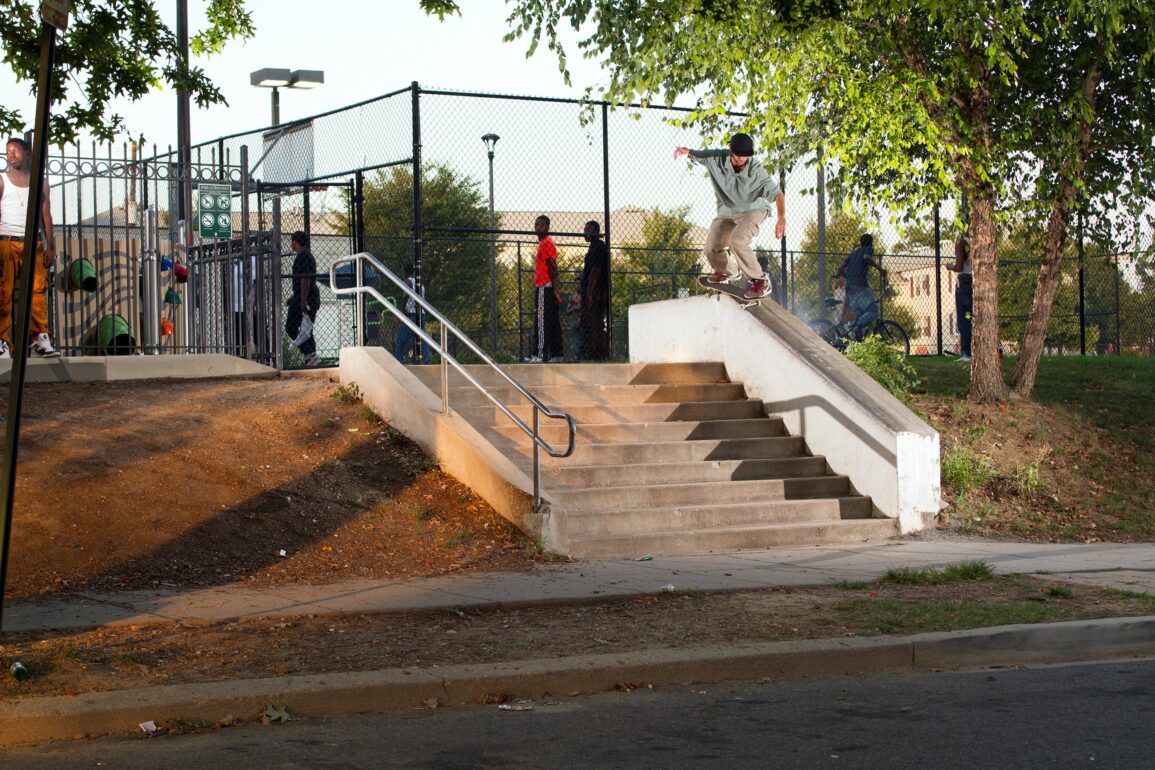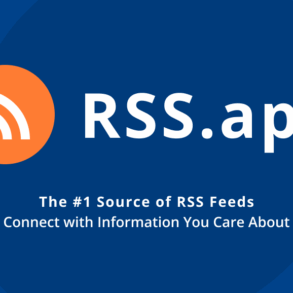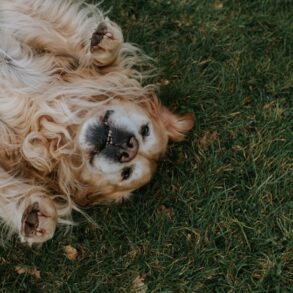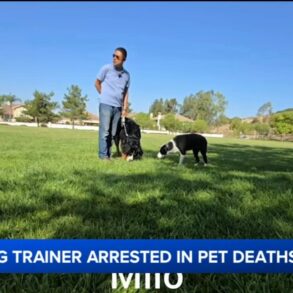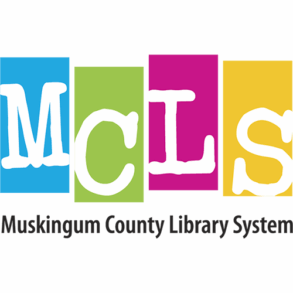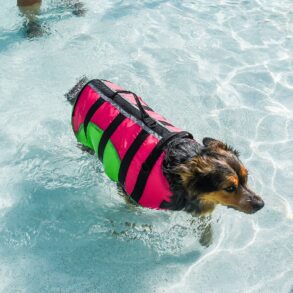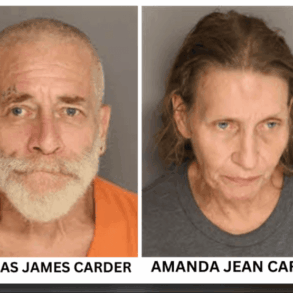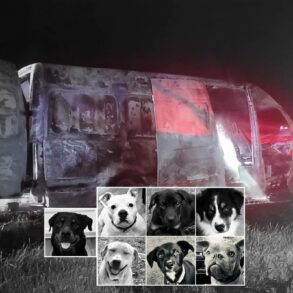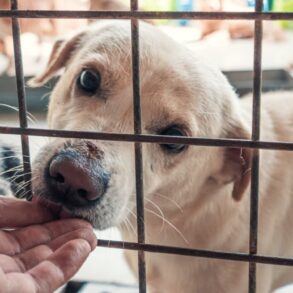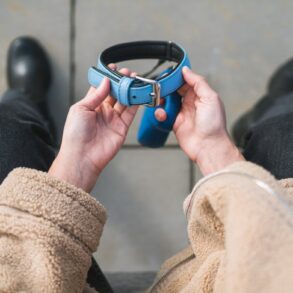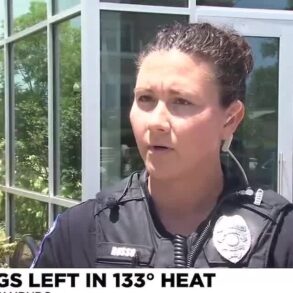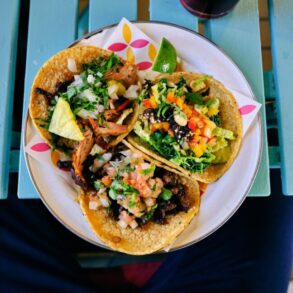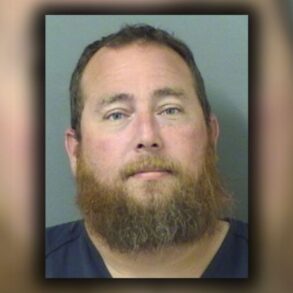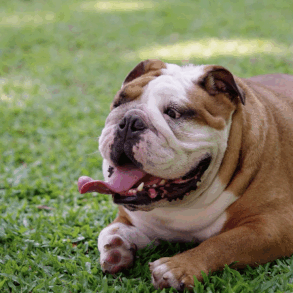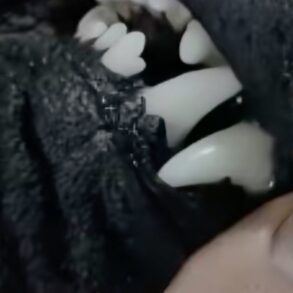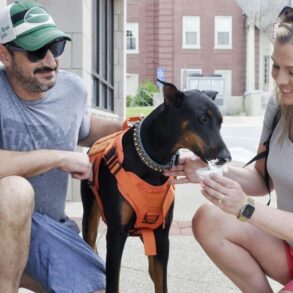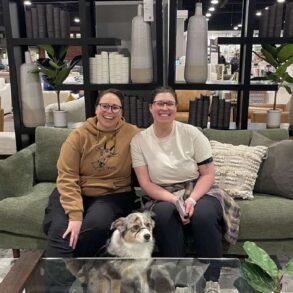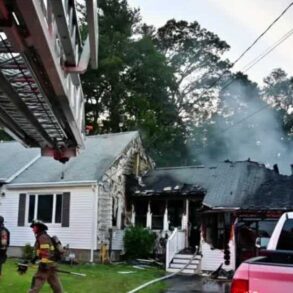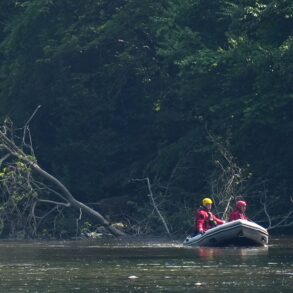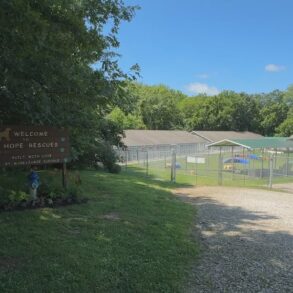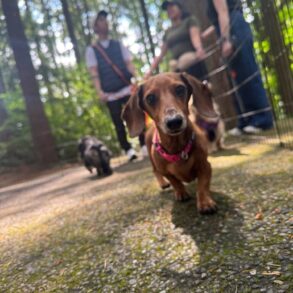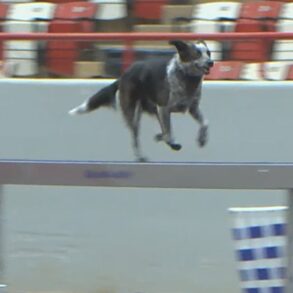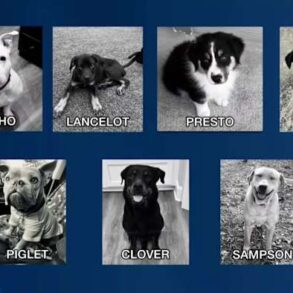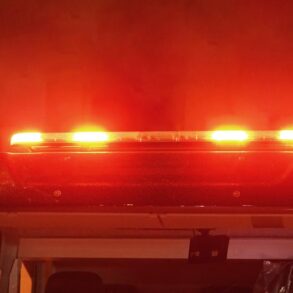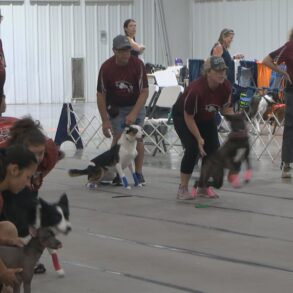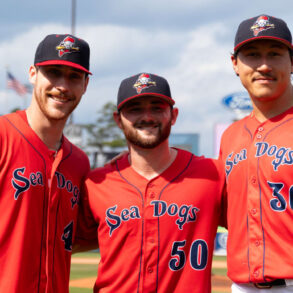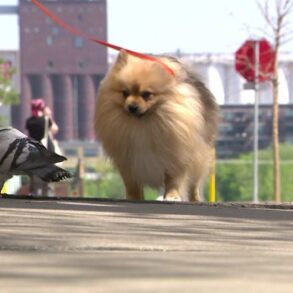New Leash on Life: The author at work one recent morning. Photograph by Evy Mages
.
The first time I woke up in a hospital bed, I had no idea where I was or how I’d gotten there. It was November 2016, and I’m pretty sure the day had started like most did back then: Wake up, crack a Bud Ice for breakfast, cruise to Freedom Plaza wearing the same clothes from yesterday. I would skate all day, hit Press Liquors a dozen times for refills, and at sundown bounce to places like the old ESL, Velvet Lounge, or Breadsoda. When the night finally ended, I’d head back to Glover Park—where I shared a group house with a dozen friends—and skip out on the cab fare.
Except that day had a change of plans—I didn’t even make it to lunch. I had taken various substances and then we spent the morning passing around a six-liter bottle of vodka, and at the hospital they told me I had collapsed in line at a Starbucks. One second I was upright, and the next I dropped to the floor from an overdose. Paramedics had to perform a sternum rub to bring me back, then rushed me to George Washington University Hospital.
I woke up that evening, dazed and tangled in wires, my dad standing over me, worried to tears. I had no idea what was going on. All I knew was that I wanted to keep the party going. So I called my friends, ripped off the monitors, walked out of the ER, and headed down to U Street like nothing had happened.
I was part of DC’s skateboarding scene for years. As a young man, I spent my days at Freedom Plaza (known to skateboarders as Pulaski Park), which is one of the most famous skate locations in the world. It’s a gritty, all-marble spot that sprawls for an entire city block. It’s perfect for skateboarding, though skating inside the park has been illegal since 1991, and dodging cops was a constant preoccupation.
Hanging out at Freedom Plaza gave me a deep sense of belonging. If you had passed through around 5 pm, you’d have seen dozens of us posted up, draped in worn-out Carhartt and fresh Nikes, drinking, smoking, and gambling, surrounded by the raw chaos of the city. In the summer, you could smell our weed smoke all the way to Seventh Street. Probably not the best look, considering we were literally underneath the mayor’s nose.
Our eclectic crew generally fell into three buckets. The younger guys tended to be full-time troublemakers, while the older ones were often white-collar professional types—consultants, CPAs, and doctors—who came out to skate in the evenings and on weekends. Then there were the professional skateboarders, some of whom were nationally known, with large sponsorship deals. The common thread? We were all at least half decent at skating and obsessed with life on the marble. The crew that had held down Pulaski in the ’90s created the blueprint for the older guys in our crew. When the time came, they passed it off to us, and we helped shape our own era of Washington, DC, skateboarding.
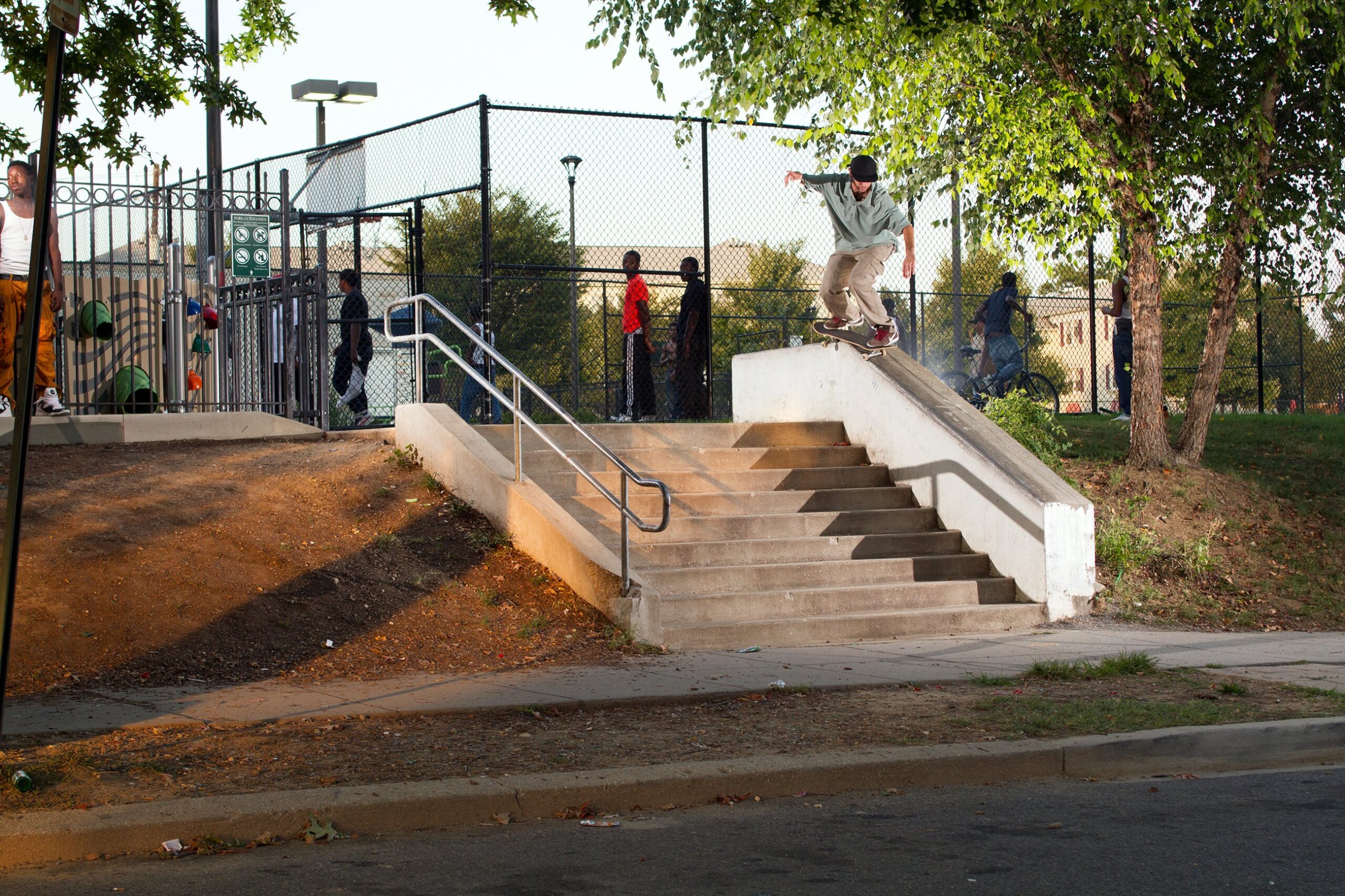
I didn’t come from chaos. I had a great childhood—two loving, supportive parents who always had food on the table and taught me the value of hard work. By the time I was a teenager, I was learning my dad’s business, Metro 29 Diner—an Arlington institution. I continued to work there through my skating days, and while I knew that the restaurant industry wasn’t ultimately for me, it gave me a lifelong respect for small family-run businesses.
Still, my 2010s were wild—skateboarding every day, partying every night, and taking a lot of international trips to skate and see the world. Under the surface, I was struggling. My late teens into early twenties were basically the movie Kids in real life. Several friends died. My life had no direction. I’d get injured all the time: broken ankles, mangled fingers, a reconstructed shoulder. Cops roughed me up once and knocked out two of my teeth.
But it was addiction that took the biggest toll. I developed serious drug and alcohol issues, ended up in hospitals multiple times, and was told by doctors I’d die if I didn’t stop. I went through rehab three times. Yet I kept chasing answers in the bottom of a bottle.
I stumbled into the pet-care industry in 2017, during what was easily the darkest stretch of my addiction. I was 23 and had just come out of my third rehab stint, clinging to sobriety like it was a frayed rope over open water. Technically, I was clean—but mentally, I was dangling. No structure, no stability, just white-knuckling it day by day.
Through a friend, I managed to land an interview with a pet-care company in 16th Street Heights. They liked me but didn’t have any work available. I stayed on them, though. Texts, calls, follow-ups. I refused to disappear. Finally, I got a call: They needed someone to fill in for two weeks in Adams Morgan.
The job immediately appealed to me. I’ve always liked walking, and I love being around dogs; getting paid to do both felt like a dream. The structure and responsibility of showing up daily helped me stay grounded, and the animals had a therapeutic effect I hadn’t expected. They didn’t judge me. They needed me. That kept me from sliding back into bad habits.
The dogs were the only thing keeping me even somewhat grounded; I decided to give my life over to them. Something in my head just clicked. I’ve been sober since.
After doing well in Adams Morgan, I was offered a bigger challenge: taking over the company’s struggling dog-walking route in AU Park. Clients were unhappy and considering leaving, I was told. When I stepped in, I applied skills I’d learned from working at my dad’s diner—reliable service, good communication—and won people over. The route stabilized. I added more clients. Day by day, I found purpose again.
But at the end of 2017, I relapsed. My friends and I had just finished filming the third installment of Stop Fakin’—a local skate-video series made by a filmer who goes by Smalls. When it wrapped, the temptation to party was too strong. I fell into a three-month, full-force bender, which sent me into a state of despair. How had this happened again?
At the beginning of 2018, while lying in bed staring at my ceiling, I came to a point of decision: either quit everything cold turkey right now or kill myself and end it all. I was exhausted from the daily fight and had lost interest in pretty much everything. Plus I felt terrible about what my problems were doing to my parents. Anyone who looked at me could see it in my eyes. The dogs were the only thing keeping me even somewhat grounded; I decided to give my life over to them. Something in my head just clicked. I’ve been sober since.
That year, my life did a complete 180. For the first time as an adult, I felt healthy, energized, motivated—and even optimistic. I was living with two close friends, Bobby and Jeremy. On the clock, I worked harder than ever at my dog-walking job. Off the clock, I was skating at my best. My life had structure and purpose. Within a few months, the urge to drink or use vanished. Meanwhile, my client list kept growing. It was a grind, but I was building something.
By mid-2018, I started to accept that my skateboarding days were coming to an end. I was injury-prone, and I knew that if I wanted to walk 15 to 20 miles a day for work, I had to protect my body. So I planned one last hurrah with a group of Pulaski friends—a trip to Shanghai, which had become a skating hot spot. On day two of the trip, I re-injured my hip while filming a trick and caught a nasty case of food poisoning. I was sore and grumpy. I needed a breather, so I booked a solo trip to Beijing to vis-it Tiananmen Square. There I was: injured, broke, and 7,000 miles from home. Just a skateboard, a bag of peanuts I’d bought earlier that day, and the clothes on my back. For the next 15 hours, I brainstormed about how I was going to start my own dog-walking business, what my brand would look like, and how to differentiate us from competitors. My business was basically born right then in Beijing.
I eventually arrived back at my basement dwelling in Brentwood with a phone full of notes, and I started drawing everything out in my room on huge sticky notes. It was time; I was ready. A few months later, we were open for business.
Managing the care of more than 300 dogs is always a little crazy, but Tuesday mornings through Thursday evenings are next-level. It’s the time of the week when most of our hybrid-work clients head into the office, so demand surges. On a typical day, I’ll start at 4:45 am, alone in my home office with a cup of coffee and a jam-packed inbox. Before the rest of the city wakes up, I’m deep in the trenches at work—responding to emails, processing overnight service requests, and coordinating that day’s schedule of more than 100 dogs needing walks with my four-person team of assistants. By the end of one recent Tuesday—somewhere around 7 pm—I had walked 45 of the 105 dogs on my ticket (with employees handling the rest), done phone consultations with three new clients, trained my latest hire, and bought a new work van over the internet.
Right now, the biggest challenge is logistics, such as how to recalibrate our dog-walking routes around ongoing roadwork. We specialize in group walks, and grouping dogs isn’t random—it’s done with intention, based on temperament, location, and clients’ preferred time frames. We’ve made things easier on ourselves by working within a tightly defined area—three zip codes in upper Northwest (20008, 20015, and 20016).
The pandemic kept our initial growth slow, but by early 2022, word of mouth picked up and the business started to build momentum. We now work with prominent politicians, media personalities, judges, and CEOs—you know, high-profile Washington. I decided early on to keep the team small and expand at a manageable pace. I still do the routing myself—assigning dogs to walkers, adjusting groupings on the fly. I train. I walk. I manage. I lead. I’m also the one dealing with the behind-the-scenes chaos: managing a fleet of commercial vehicles, tracking hundreds of keys, and troubleshooting when things go sideways. We also do a considerable amount to contribute to regional animal-rescue work, organizing supply drives and fundraisers, and actively participating in rescue initiatives. I can almost feel my hair thinning in real time.
Recently, I wrapped up my sixth year in business and marked my seventh year sober. Where the business is now feels good. We’re big enough to afford to do things properly but small enough that I still know every client—and their kids—by name.
It’s now been three years since I’ve visited Freedom Plaza, and I haven’t stepped onto a skateboard in a long time. But I still think about those years quite often. Back when I was skating, the joke among my friends was that we all attended Pulaski University. Most of us had started skipping school by the time we were 15 or 16, choosing instead to skate at Freedom Plaza. But I’m convinced my Pulaski education was enormously valuable.
Skating brought together kids of very different backgrounds from every quadrant of DC, along with deep pockets of Virginia and Maryland. Looking back, I realize how much I learned during that chaotic time—self-expression, different communication styles, wit, the ability to read people, negotiating skills, and insight into the fabric of a person. I’m grateful for those years, and even more grateful I survived them. I truly don’t think I’d be as successful as I now am without those experiences. I don’t regret any of it.
This article appears in the June 2025 issue of Washingtonian.
This post was originally published on this site be sure to check out more of their content.



